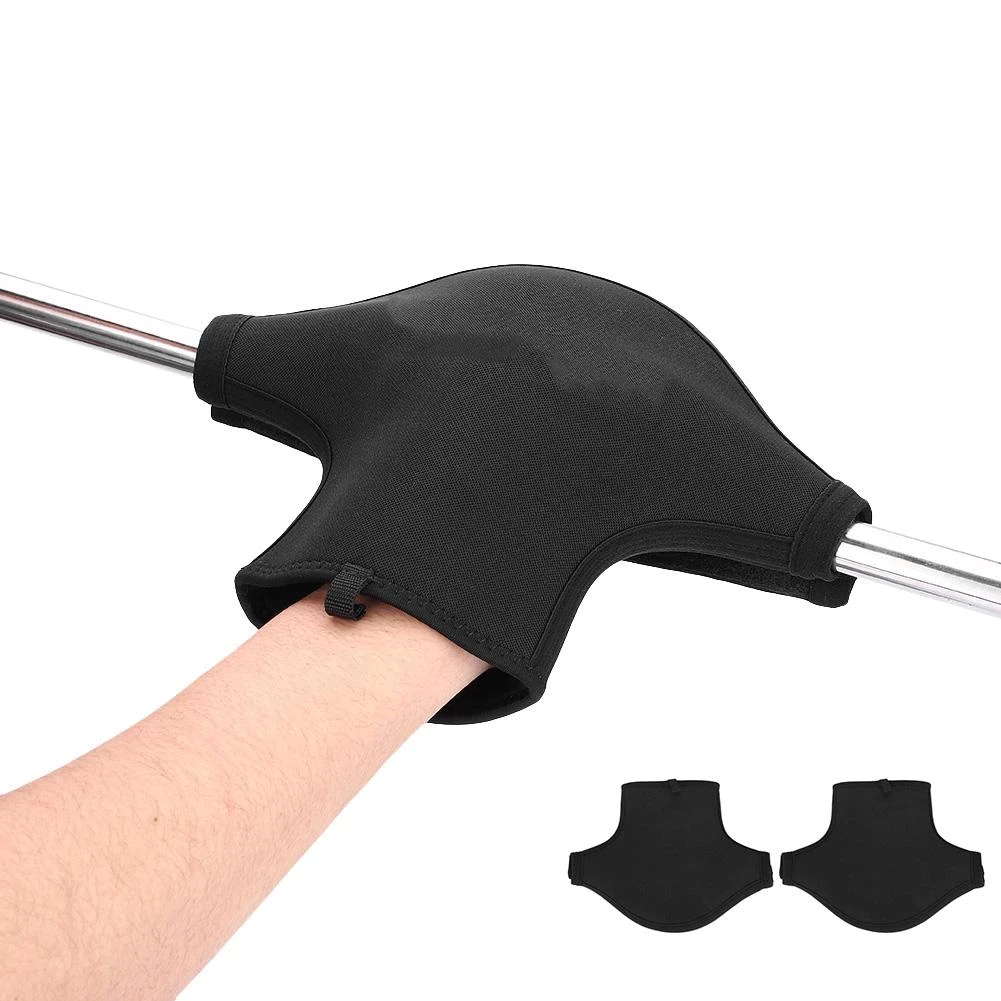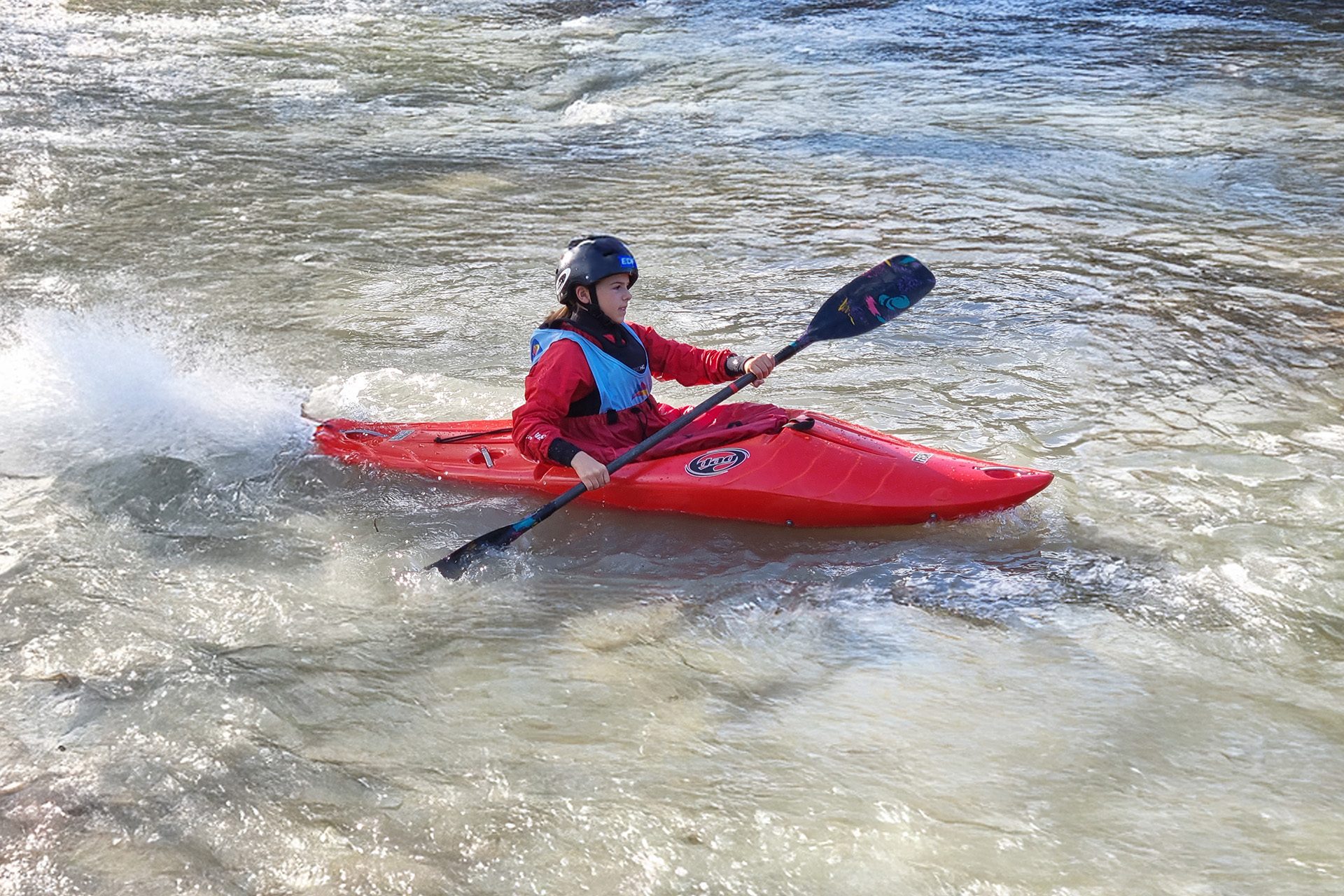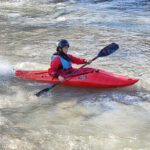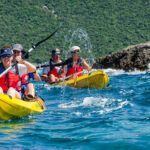Paddling in winter in a Sit on Top can be daunting
It’s cold, water runs down your legs, water comes back up through the self-bailing holes…in short, several false reasons that can easily be eliminated in order to navigate peacefully.


Dress code:
As a general rule, avoid cotton, which stays cold and damp. Instead, opt for hydrophobic, synthetic materials that also wick away perspiration and keep you warm. You can take inspiration from technical underwear used for winter sports.
As a final layer, an anorak/windbreaker will keep you warm. Specialist stores offer technical models tailored to your style and budget.
Neoprene wetsuit or dry suit: Neoprene helps combat the cold when you are submerged and/or wet. Neoprene wetsuits must therefore be adjusted, close to the body. The dry suit is waterproof and allows you to wear the first layers of technical clothing underneath. Neoprene is not better than dry suit and vice versa; only the user can judge its comfort and ease of movement. The main thing is not to be cold and to be able to swim just in case. Also, don’t forget that wearing a buoyancy aid vest is strongly recommended, even mandatory. This final “layer” should not weigh you down during your sessions.

For feet: Neoprene boots or waterproof shoes with membrane socks.

For the hands: The sleeves (neoprene or nylon/fleece) allow you to paddle with your hands protected from splashes and wind while maintaining physical contact with the paddle shaft.





